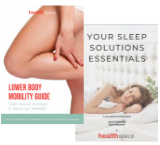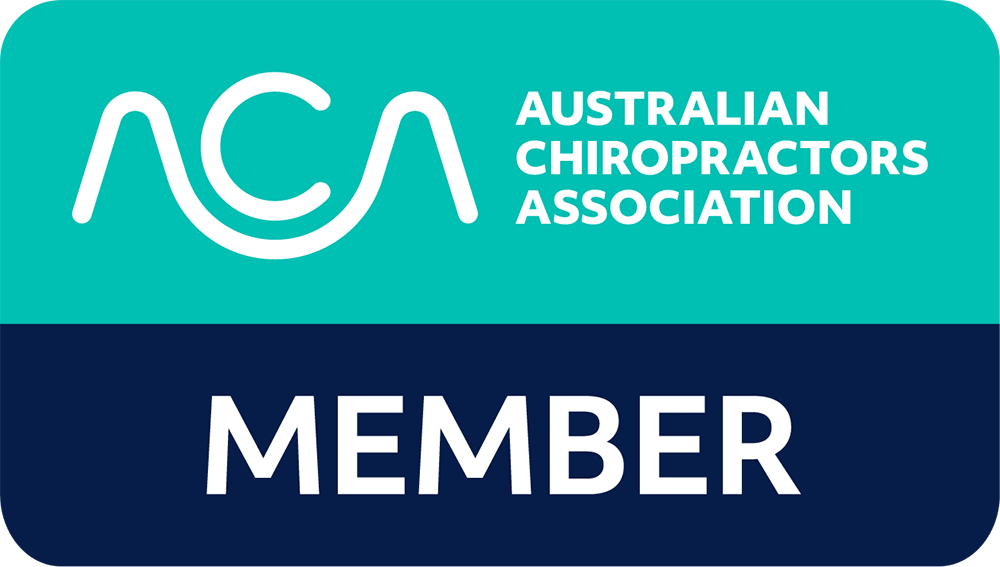Shoulder pain is one of, if not the most common complaint a Crossfit athlete will present to the clinic with. Working as a Physiotherapist and training in a Crossfit gym, I have witnessed first-hand how shoulder pain can severely impact training and life outside of the gym as well.
To understand why shoulder pain is so common in Crossfit, you first have to understand the role of the shoulder’s anatomy and biomechanics. It’s time to go back to school and dust off the anatomy books!
The Anatomy of the Shoulder
To keep it simple, we’re going to be talking about the global anatomy of the shoulder and its key features. The shoulder is what we call a multi-planar joint (it can move in a lot of directions), and thus is the most mobile joint in the body. The shoulder can achieve close to 360 degrees of motion due to there being minimal structural stability in the form of bones, and thus relying on active and passive restraints (muscles, ligaments, capsules etc) to provide stability. The shoulder is unique as the musculature must provide BOTH stability and power to help initiate and complete movements. With this in mind, the shoulder is one of the most complex joints in the body.
The shoulder can be considered a well-oiled machine, with lots of cogs involved in the operation of the machine. If one of the cogs in the machine stops working, the entire machine quickly becomes dysfunctional and needing repair due to the other cogs becoming overloaded.
The main muscular stabilisers of the shoulder are a group of muscles known as the Rotator Cuff. These muscles help keep the head of the shoulder centred in the socket, and ultimately a stable and happy shoulder. The Rotator Cuff muscles are small in nature, and often vulnerable to being overloaded with repetitive heavy movements, particularly overhead. Does this sound familiar?
The complexity and demand of Crossfit on the Shoulder
Crossfit demands a lot from you, however, its toll on the shoulder far outweigh all other demands. The majority of Crossfit movements require a great deal of mobility, strength and stability from the shoulder, including snatching, overhead squats, hand stands, wall walks and all pull-up-based kipping. Throw on top the often repetitive nature of Crossfit Metcons & WODS, it becomes a huge challenge for the shoulder to continue to provide the strength and stability it needs under such complex movement patterns under high fatigue.
Why am I getting Shoulder pain in my Workouts?
For the majority of CrossFit-based shoulder pain and injuries, there is no actual specific moment or mechanism of injury which sets off the pain. Instead, it is often a gradual onset & progression of symptoms, starting with a small niggle when catching a snatch overhead or doing repetitive wall walks, and building over a period of weeks or months. In this case, there are structures in the shoulder that are becoming overloaded due to some key biomechanical drivers, and eventually causing pain and discomfort. These initial biomechanical drivers may only be present under high
fatigue to begin with, particularly under high intensity & high-volume workouts.
What on earth do I mean by biomechanical drivers? For the shoulder to function and operate in its best capacity, we need the joints in and around the shoulder &
associated regions to move well, and we need the muscles around the shoulder to engage well.
For CrossFitters with shoulder pain, we often see that there several deficiencies which could be leaving you vulnerable to overloading the shoulder.
Some of these key deficiencies include:
A lack of Thoracic (mid back) spinal mobility, particularly into extension
A lack of overhead shoulder strength & stability compared to the other side
A lack of Lat engagement + weakness compared to the other side
At Healthspace Rozelle, we understand how important it is to understand the whole picture with shoulder pain. Not only will you know what’s happening in your shoulder
diagnostically, but more importantly WHY it is happening. We conduct a thorough initial assessment to determine the key biomechanical drivers causing your shoulder pain, and providing targeted rehabilitation & exercises to help initially settle your shoulder pain, and improve any biomechanical deficiencies there may be.

